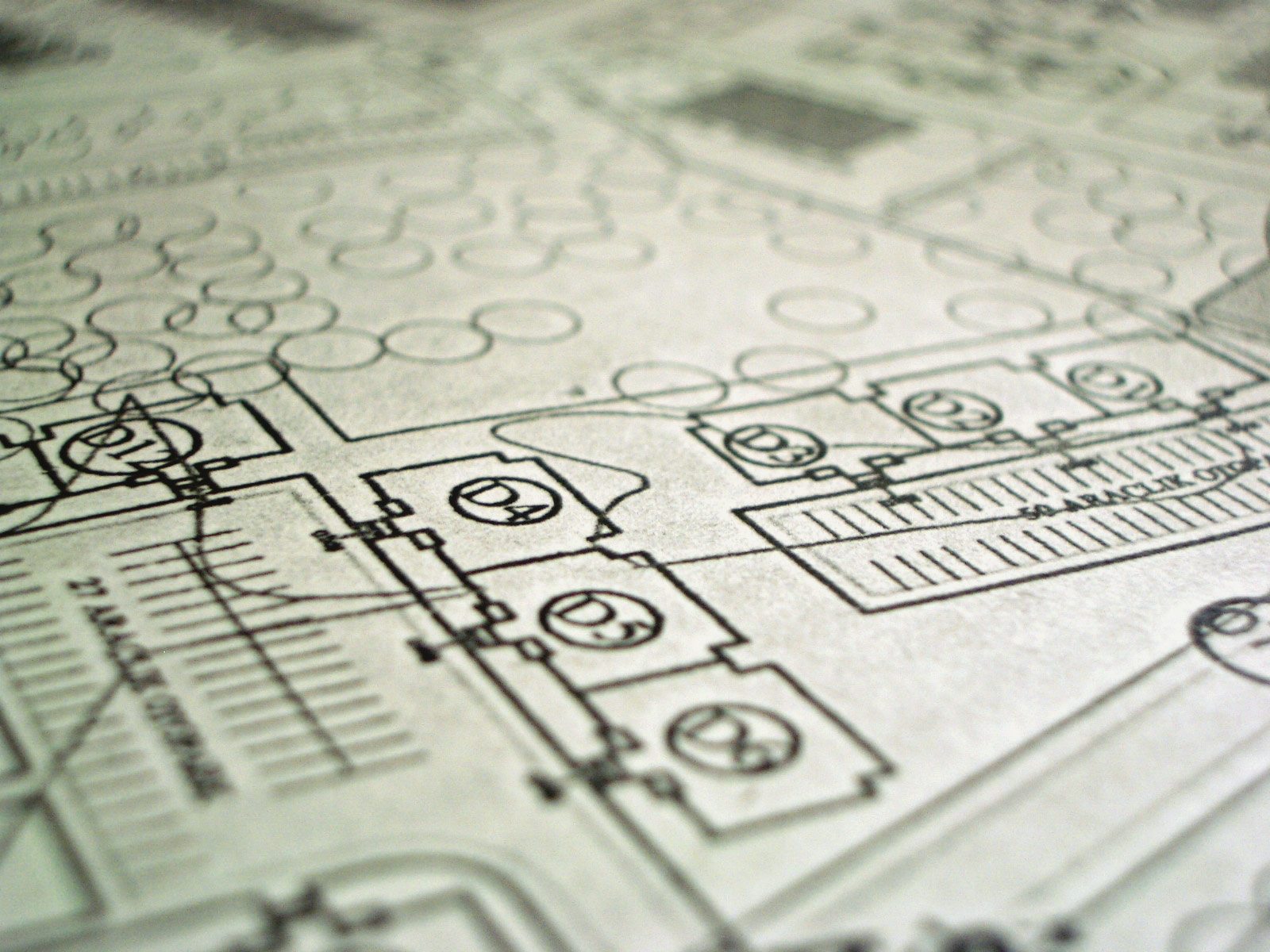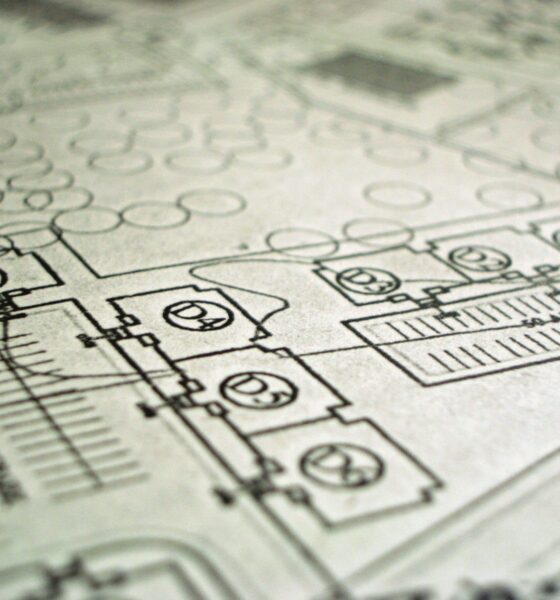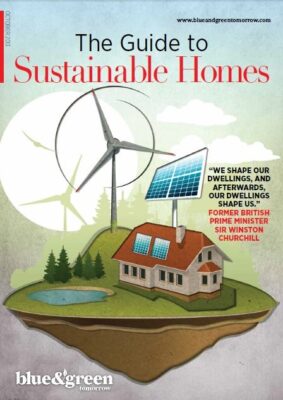

Energy
Sustainable design should change our behaviour for good
“The best/worst thing about great design is that you shouldn’t notice it; it should just make your decisions easier and your life run smoother.” So says Therese Higgins, brand manager and designer.
If you’re reading this, it’s a good bet that you agree that life runs smoother in a healthy, ethical, functioning environment. Manufacturers and brands know that we will pay a premium for life running smoother, and advertising plays on this dream.
How about rather than simulate the appearance of a simpler lifestyle, the products and processes that we use are designed in a way that allows this – for the individual and their environment.
Designing in a way that allows people to easily live more sustainable lifestyles has got to be one of the most effective ways of altering the impact that the way we live has on the world. Billions of people all using billions of products billions of times. Even a small change will have a large effect.
One quite key part of environmentally friendly design is the use of low impact materials that are choose non-toxic, sustainably produced or recycled materials which require little energy to process. Following this up with manufacturing processes and distribution techniques that require less energy and limit carbon footprint, and the design is well on its way to being sustainable.
But what about afterwards? The time spent planning and producing constitutes only a fraction of the life-cycle of a product. Whilst many companies do undertake an assessment of what the product may contribute towards the environment, the biggest opportunity for impact comes in how people use it – and thus the behaviours they exhibit when doing so.
They don’t have to be complex at all. It turns out that traditional kettles with a whistle are more environmentally friendly as they take longer to heat, which minimises the ‘just in case’ cups of tea, and the whistle acts as a clear indication that your water is ready, meaning that you don’t reboil.
Design agency Seymourpowell developed the Bimbo bread packaging: bread wrappers that have a perforated opening that you then tie together, negating the need for the twist ties that no one ever uses, an error which subsequently means that the bread goes stale and is thrown away.
Recognising a basic human need (eating), potential problems associated with it (food waste) and identifying a benefit for the consumer (ease) it is an example of how design can alter and improve behaviour for wider impact.
With hundreds of years of product design, and indeed thousands of living, there are many lessons that can be learned from existing lifestyles. Good design doesn’t revolutionise, but enhances.
A recent winner of the INDEX: Design to Improve Life Awards in Copenhagen was Freshpaper, a paper that extends the life of food products, developed by Kavita Shukla, a young inventor and designer.
Although the world’s farmers harvest enough food to feed the planet, it is estimated that up to 50% of the global food supply is wasted, whilst millions starve. FreshPaper keeps produce fresh for two to four times longer. As well as being low-cost, compostable and infused only with organic spices, its genesis comes from the most wonderful tale from when Shukla was visiting her grandmother in India and drinking local water.
Her grandmother gave her a ‘spice tea’, and when she didn’t get sick, her curiosity was sparked, resulting in years of experimenting with the spices (starting with a middle school science project), before discovering and creating FreshPaper as a new application of her grandmother’s generations-old home remedy.
Some products are clever enough to learn from humans and be more energy efficient in themselves. Created by ex-iPod designers, NEST is a thermostat for the 21st century that learns your behaviour and adjusts the household temperature settings to usual usage patterns. This is the ultimate in easy alterations of consumer behaviour, where they don’t even have to know that changes are being made. It can even be controlled by remote control wifi, so you can save the world by sitting on your sofa.
However if change it to take place all over the way people carry out tasks, they do need to think about. Opower has designed meters that supply households with detailed data about their power use. By indicating to people in real time their usage households can detect energy waste and do something immediately.
Good design should alter how you behave, but in a way that is not alarming or aggressive, but a way that people start to believe is natural. By behaving in a more sustainable way in some areas of their lives, they are more likely to do so in others.
Good design can be ethical and profitable, as long as it does enable people to live the lives that they want more easily. Ultimately sustainable design it is about human-centred design and identifying the interplay between products, services, systems and cultures – and the environment – and designing products in a way of mutual benefit.
Humans need products that will inspire them, that they will love and look after (minimising waste) and need to live in an environment that allows them to thrive. Almost regardless of what goes into a product, the most important element is what comes out in terms of usage, and this is where great design can enable people, communities, and their environments, thrive.
Francesca Baker is curious about life and enjoys writing about it. A freelance journalist, event organiser, and minor marketing whizz, she has plenty of ideas, and likes to share them. She writes about music, literature, life, travel, art, London, and other general musings, and organises events that contain at least one of the above. You can find out more at www.andsoshethinks.co.uk.
Further reading:
Sustainable building means more attractive and comfortable homes
‘What was an ecohouse is now just a really well-designed house’
Study paints UK as a leader in green building


 Environment10 months ago
Environment10 months agoAre Polymer Banknotes: an Eco-Friendly Trend or a Groundswell?

 Environment11 months ago
Environment11 months agoEco-Friendly Home Improvements: Top 7 Upgrades for 2025

 Features9 months ago
Features9 months agoEco-Friendly Cryptocurrencies: Sustainable Investment Choices

 Features10 months ago
Features10 months agoEco-Friendly Crypto Traders Must Find the Right Exchange





























